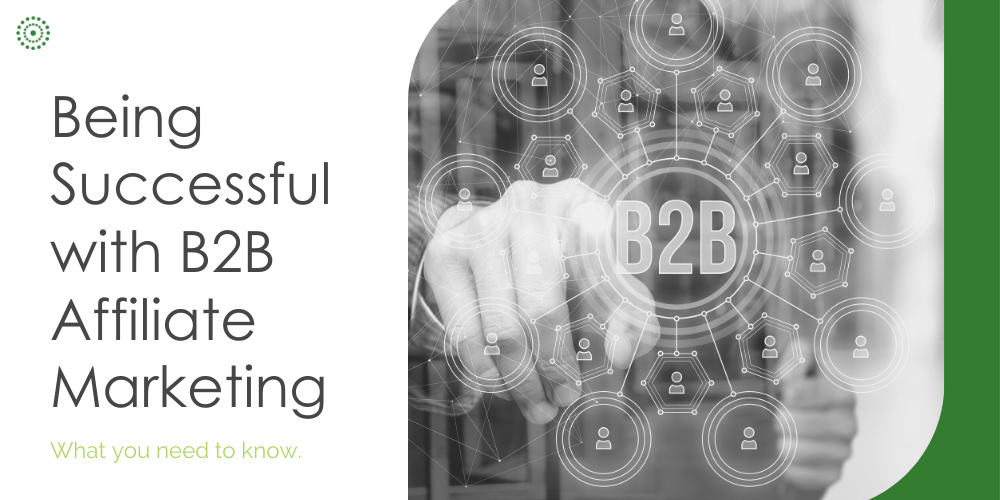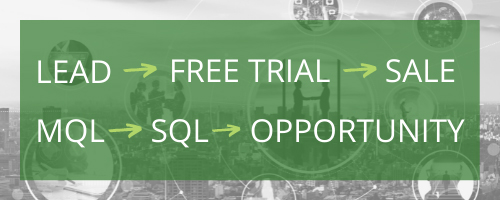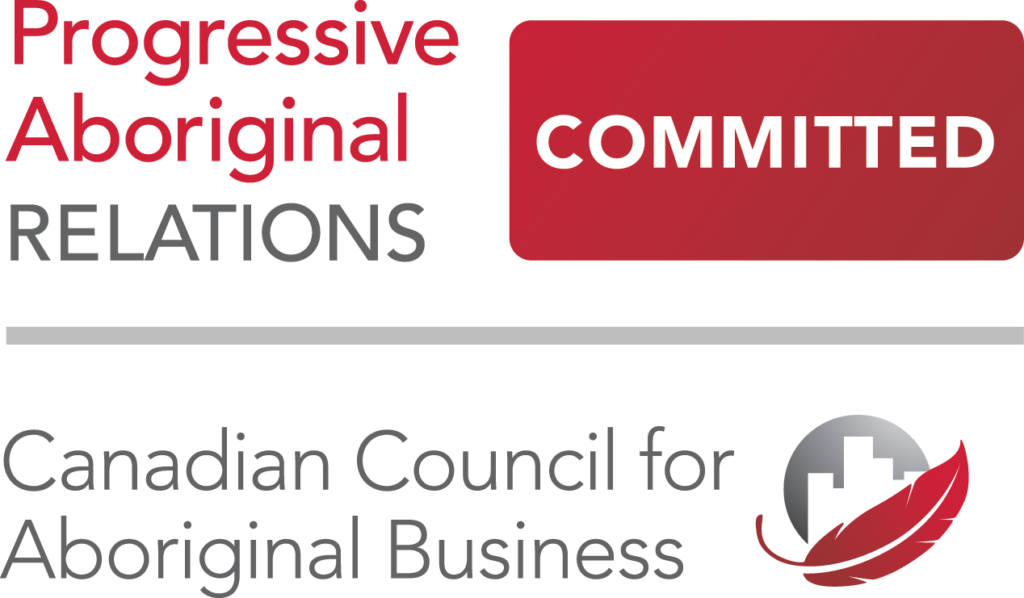Today’s marketing landscape continues to shift into the digital space, which highlights the importance for businesses to remain current with industry trends and to be flexible. With that said, the world of B2B affiliate marketing is a growing sector that encompasses aspects from traditional B2C affiliate, B2B marketing, and newer initiatives to build brand awareness and growth.
B2B affiliate marketing can bring great benefit to both businesses and consumers who are either selling a service or who are in the market to make a purchasing decision. Utilizing the affiliate channel for promotion allows for the brand’s name and content to further infiltrate the market and reach a larger audience through partnerships with various publisher types within the affiliate networks.
Each publisher varies with scale and size and also attracts their own unique audience and platform for which content can be shared throughout. Facilitating partnerships across many partner types such as bloggers, influencers, subnetworks, media, review, and content-based sites, ultimately creates further exposure opportunities across additional mediums for the brand content to be promoted.
To help build success within the affiliate industry, here are 3 key aspects we have found to be of importance within the B2B sector:
Understanding the Lifecycle
The lifecycle within B2B refers to the process and timeframe for leads to convert to consumers making a purchasing decision. B2B offerings often have a longer decision-making process due to the direct impact on a business and the risk involved. It is not uncommon for B2B affiliate leads generated from campaigns to take months to potentially convert to a sale for the brand. This highlights the importance of a consistent ongoing process to help facilitate conversions over the long run.
Brands also benefit when being flexible in the conversion models chosen to incentivize on (i.e. lead, free trial, MQL, SQL, opportunity, sale, etc.). Understanding the B2B process at various stages allows for the effective identification of conversion opportunities at different phases and to optimize and promote profitability for the brand.
Example:
(Generally characterized with many months in between)
Finding Your Target Audience
Selecting campaign and advertising placements that are relevant can significantly impact conversions and lead volumes obtained for a brand within the B2B space. Having an in-depth understanding of the B2B offering being promoted, as well as the target audience and overall goals, is important to optimize to ensure strategic partnerships.
Conducting sound recruitment research and implementing regular activation and optimization efforts can also strengthen campaign performance and support conversions for the brand. Also, being diligent in the selection of content used for promotion (i.e. whitepapers, free product trials, or creative imagery) and conversion models that align with the publisher’s audience can be valuable as well. In general, B2B often requires more of an ongoing nurture process when promoting to guide potential customers through the different stages of the lifecycle, more so than a traditional B2C offering.
Partnership Modes
The commonalities between the B2C and B2B affiliate channels occur with respect to the various partnership modes able to be conducted within the affiliate space. The word ‘affiliate’ typically aligns with commission-based exchanges in the form of a CPA (Cost Per Acquisition); however, successful programs are often open to a variety of conversion types such as CPC (Cost Per Click), CPL (Cost Per Lead), flat fee placements, cost per free trial or download, and blended hybrid models.
Although B2C and B2B programs can operate on similar conversion models, one of the main differences is that the B2B space can have less of a focus on coupon, cashback, and loyalty partnerships and can instead place emphasis on content, blog, and review & comparison publisher type mediums. With these types of media partnerships, many are priced accordingly and often require either a full paid offering for an advertising feature, an increased commission rate, or a hybrid of both.
Pro-Tip
A key overarching trend to keep in mind across all affiliate programs, however particularly in the B2B space, is the need for flexibility. Flexibility throughout the B2B lifecycle can present in different areas, though commonly is attributed to being open to various partnerships, offers, and conversion types. In the end, being flexible across all stages of the funnel ultimately results in brands engaging with both traditional and non-traditional opportunities that help to strengthen the portfolio of the affiliate program and the impact and reach for the brand.
If you’re a brand looking to implement more placements for your program or would like to talk to an expert about the type of B2B opportunities available at AIM, please contact us today.













